
Tourists from all over the world are welcomed in Upper Egypt to admire temples and learn about the fascinating history of ancient pharaohs. However, the pharaohs’ true origins are not told and our literature is lacking adequate information.
Queen Hatshepsut's temple inscriptions at Luxor reveal that her divine mother, Hathor, was from Punt - with strong indications that the pharaohs considered the origin of their culture to be Punt Land . The following is a step in the direction of exploring the pharaohs’ roots and establishing a trip along history and time.
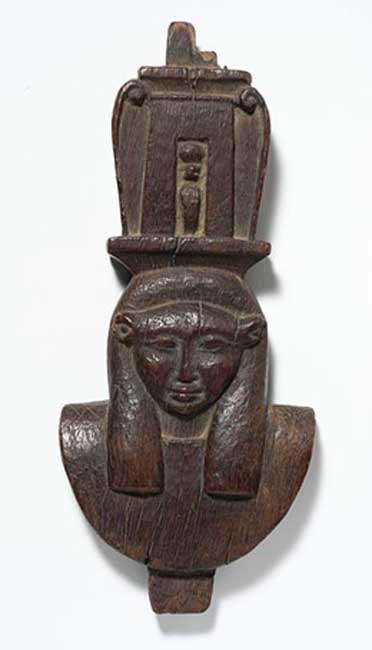
Carved cedar sculpture of the head of Hathor. (Egyptian 16th Dynasty). ( Public Domain )
The Land of the Gods
Punt Land is described in ancient Egyptian texts as the "Land of the Gods" and a region rich in resources. After Jean-Francois Champollion deciphered the pharaoh’s hieroglyphics in 1822 AD, western scholars began reading the texts. Debates started as to the origins of the pharaohs and the location of Punt Land.
Egypt grew as a nation with trade that increased in the latter part of the Pre-Dynastic Period (c. 6000-3150 BC). By the Early Dynastic Period (c. 3150-2613 BC) trade was firmly established with regions in Mesopotamia and Phoenicia. The Fifth Dynasty (c. 2498-2345 BC) witnessed Egypt’s flourishing through trade with Punt Land.
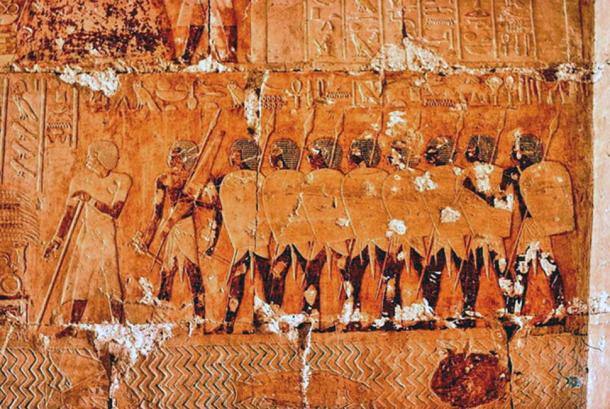
Egyptian expedition to Punt during the reign of Hatshepsut. (Hans Bernhard/ CC BY SA 3.0 )
Fourth Dynasty reliefs show a Puntite with one of Khufu’ssons, and Fifth Dynasty documents demonstrate trade between the two countries. A tomb inscription of the military commander Pepynakht Heqalb, who served under King Pepy II (2278-2184 BC) of the Sixth Dynasty, narrates how Heqalb was sent to "the land of the Aamu" to retrieve the body of the warden of Kekhen.
Punt Land became a semi-mythical land for the pharaohs, but it was a real place through the New Kingdom (1570-1069 BC). During the reign of Amunhotep II (1425-1400 BC) delegations from Punt were accepted. The reign of Ramesses II (1279-1213 BC) and of Ramesses III (1186-1155 BC) mentioned Punt as well. The pharaohs were fascinated by Punt as a "land of plenty" and it was best known as Ta Netjer – “God’s Land.”

Queen Ati, wife of King Perahu of Punt, as she is depicted on Pharaoh Hatshepsut's temple at Deir el-Bahri. ( Public Domain )
Somalia – Continuing Puntite Traditions
In Hatshepsut’s temple, an expedition shows Punt Land located in present day Somalia. The ancient Somali name for their region was "Bunn", a name referenced in texts related to trade with the pharaohs as "Pwenet" or "Pwene", and the region is known as "Bunni" today. The culture of Punt Land bears several resemblances to that of the ancient Egyptians, such as language, ceremonial dress, and the arts.

Left: Somali youth dancing the “dhaanto.” ( Somali Egyptian-Puntite History ) Right: Ancient Egyptians with similar white clothing in a fresco from the Tomb of Pashedu at Deir el-Medina. (kairoinfo4u/ CC BY NC SA 2.0 ) Pashedu was a "Servant in the Place of Truth on the West of Thebes" and probably began working while Seti I was pharaoh.
Regarding language, a comparison of ancient Egyptian to Somali vocabulary shows remarkable similarities:
- Ancient Egyptian, “Hes” = song, sing with musical instrument/ in Somali, “Hes” = song, sing with musical instrument.
- “AAR” means “lion” in both languages.
- Ancient Egyptian, “Ra” = the Sun God/ in Somali “Qor Rah” means the neck of Rah.
- Ancient Egyptian, Haa – Hey = glad, to be glad/ in Somali, Haa – Hey = glad.
- Ancient Egyptian, “Hun”, Hunnu” = young man, young girl/ in Somali “Hun”, “Hunno” = young man, young girl.
- Ancient Egyptian/ in Somali Awoow = grandfather, old man.

Left: Ancient Egyptian dancers and flutist. ( Public Domain ) Right: Young Somali women and men performing the traditional dhaanto dance-song in Jubaland. (aflaanta std/ CC BY 3.0 )
Punt Land’s Location Found
Based on the evidence of the ancient pharaoh’s inscriptions, Punt/Punt Land is certainly the State of Somalia at the Horn of Africa . The ancient city of Opone in Somalia is identical to the city of Pouen referenced as part of Punt by ancient inscriptions.
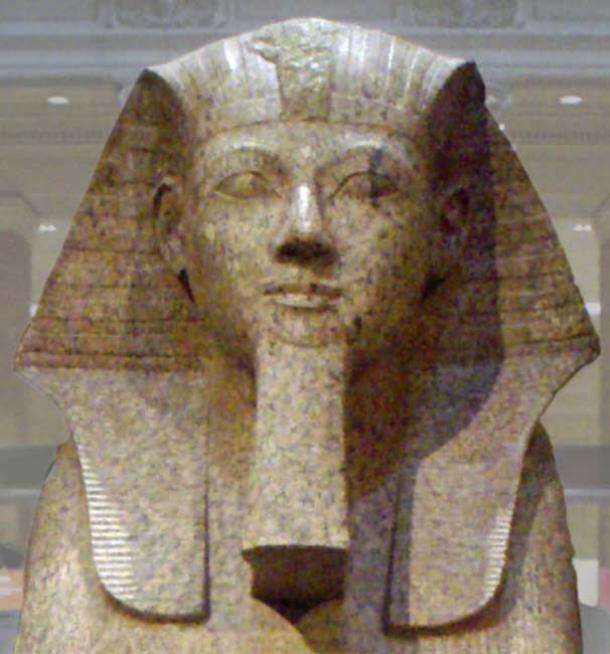
A large granite sphinx bearing the likeness of the female Pharaoh Hatshepsut. Dating to the joint reign of Hatshepsut and Thutmose III, circa 1479-1458 BC. (Keith Schengili-Roberts/ CC BY SA 2.5 )


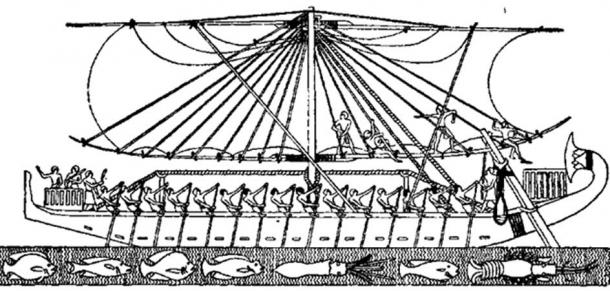


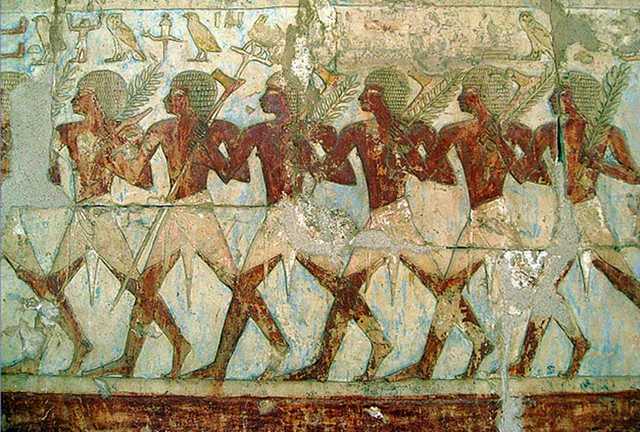



 Walle we wuz kangz
Walle we wuz kangz